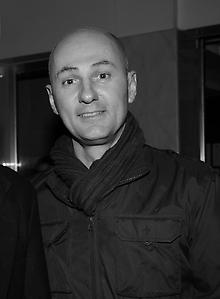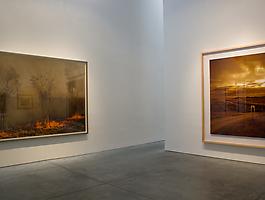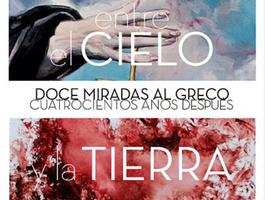
Pierre Gonnord
The French-born artist Pierre Gonnord (b. 1963), now based in Spain, has enjoyed great success throughout Europe for years, arriving in the United States as a master portraitist of the dark underbelly of global civilization. Progressing cautiously, carefully, and with great patience, Gonnord slowly makes his way into communities that live off the grid, nomadic populations, and worlds not yet illuminated by the buzzing glow of technology, investing time among coal miners, punks, immigrants, and gypsies, and translating his experience of their lives into one camera click, one stunning portrait. His landscapes, too, represent the desecrated, unearthly environments inhabited by those on the fringe of civilized society: mountain slopes choked with toxic plumes of smoke; desiccated plains ablaze from mineral fires.
Working within the great tradition of Old Master painting and portraiture, Gonnord creates images as stark as they are evocative, and each one exists as a testament to the casualties—human and environmental—left behind by a quickly developing world. Much as Francisco Goya immortalized the vagrants and vagabonds of a country ravaged by war, as Caravaggio elevated street life to the height of history painting, as Vélazquez and Rembrandt mined the psychological depths of their subjects, so too does Gonnord explore the darkness.
Framed from the waist up and captured entirely by natural light against a deep black drop cloth that Gonnord carries with him, his subjects' eyes meet the camera with searing power. On their faces can be mapped the vulnerable, wounded, occasionally hostile reality of those who live, for the most part, unseen. Just as in Lucien Freud's thickly impastoed portraits of pasty-skinned, sinewy men and women, or the maddened, contorted visages of Francis Bacon's tortured models, Gonnord's images depict by way of revelation, exploring the truth—and the humanity—in every imperfection. He invests weeks and months earning the trust of these people, and the photograph he takes is often the only photograph they will have taken in their lives, in one monumental moment of mythic homage.
Working in many ways a contemporary historian, documenting communities and ways of life that are always on the brink of extinction, in 2011, Gonnord was chosen as one of 14 artists to be included in the monumental exhibition Real Venice, at the Abbey of San Giorgio Maggiore, Venice, as part of the 54th Venice Biennale.
He has had solo exhibitions at such celebrated institutions as the Maison Européenne de la Photographie (Paris, 2005), Case Asia (Barcelona, 2006), the Museo de Bellas Artes de Sevilla (Seville, 2006), the Museo de Bellas Artes de Santander (Santander, 2007), and the Centro de Fotografía Universidad de Salamanca (Salamanca, 2008). His work is in many major public and private collections, including the collections of the Museo Nacional Centro de Arte “Reina Sofia” in Madrid, the Maison Européenne de la Photographie in Paris, the Centre National des Arts Plastiques in Paris, and the Museum of Contemporary Art in Chicago. Gonnord has had several monographs and catalogs published about his work including Pierre Gonnord: Regards (TF Editores, 2005), Pierre Gonnord (Ediciones Universidad Salamanca, 2008), Pierre Gonnord, Terre De Personne (Lunwerg, 2009), Pierre Gonnord: PHotoBolsillo (La Fábrica, 2012) and Pierre Gonnord: Portraits (La Fábrica, 2013.)







